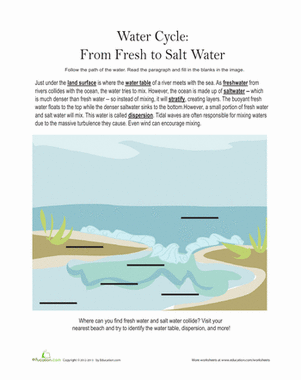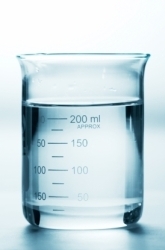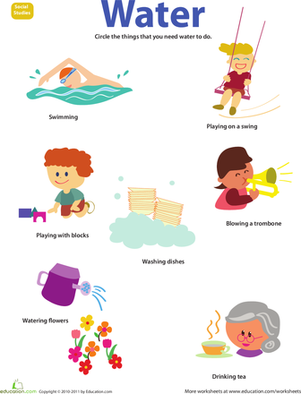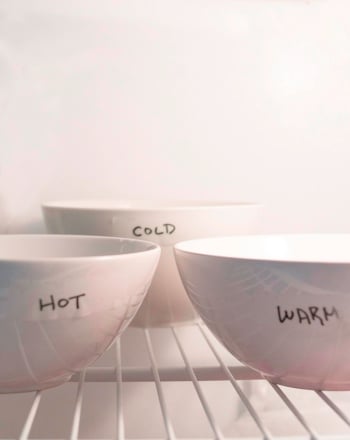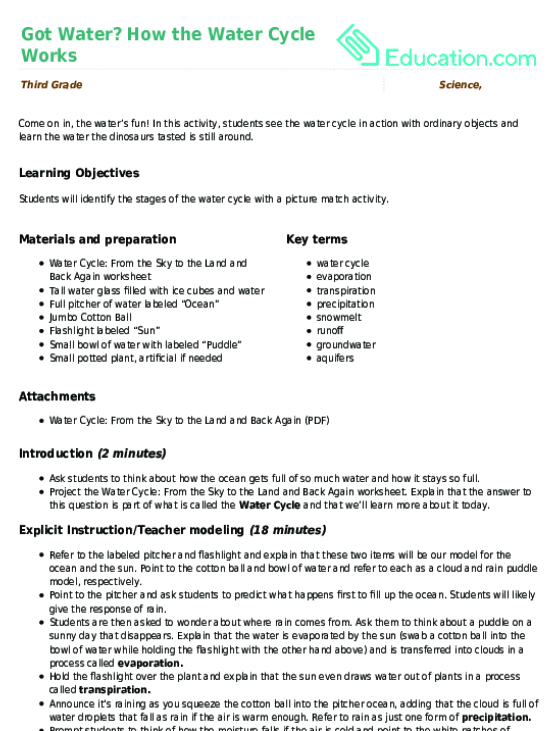Science project
Water Water Everywhere
Difficulty
Medium
Cost
Minimal
Safety Issues
None
Material Availability
All materials readily available.
Project Time Frame
4-6 weeks
Objective
This project explores the differences (if any) between commercial brands of water.
The goals of this project are:
- To study the differences between various brands of drinking water.
- To encourage the development of new and improved recycling methods.
Materials and Equipment
- Computer with Internet access
- Color printer
- Digital camera
- Typical office/hobby/craft supplies (paper, pens, poster board, glue, etc.)
- Microscope and associated accessories (slides, pipettes, dyes, etc.)
- Samples of commercial drinking water (various brands)
All materials can be found in your home, at local stores, or on ebay.
Introduction
Bottled drinking water is a multi-billion dollar global industry in which United States companies dominate the market. It's commonly believed that bottled water is healthier (contains less contaminants) than tap water. Bottled water is also sometimes fortified with various vitamins and nutrients. Marketing companies give it catchy, designer names like Smart Water, Evian and Fiji. A common complaint about the bottled water industry is the bottles themselves, a non-biodegradable waste product that sends recycling costs through the roof. Let's find out more about bottled drinking water.
Research Questions
- How do commercial brands of water differ from each other?
- In what ways does bottled water differ from plain tap water?
- In what ways does bottled water differ from filtered tap water?
- How is bottled water sanitized for human consumption?
- What are some practical ways to recycle plastic bottles?
Terms and Concepts to Start Background Research
- Bottled water
- Drinking water
- Polyethylene Terephthalate (PET)
- Recycling
Experimental Procedure
- Read overview of relevant topics (see bibliography below and terms listed above)
- Collect several different brands of bottled water.
- Photograph the bottles, and continue taking photos throughout the experiments.
- Using a pipette, create labeled slides for each brand of water. Create an additional slide using plain tap water, and (if possible) another one using filtered tap water.
- Examine each slide under a microscope. Carefully record all observations.
- Arrange a blindfold taste test experiment, using at least 20 volunteers, to discover consumer preferences.
- Analyze the data.
- Interpret your findings in a detailed report.
- Include interesting photos and bottled water samples in your science fair display.
Bibliography
- http://en.wikipedia.org/wiki/Bottled_water (Wiki topic: Bottled Water)
- http://www.nrdc.org/water/drinking/qbw.asp (About bottled water)
- http://articles.latimes.com/2008/oct/13/health/he-nutrition13 (Bottled vs. Tap water)
- Internet searches of your choosing. Search any of the words or terms listed here, or make up your own phrases to search. Click on any results you find interesting. Have fun surfing the net!
Education.com provides the Science Fair Project Ideas for informational purposes only. Education.com does not make any guarantee or representation regarding the Science Fair Project Ideas and is not responsible or liable for any loss or damage, directly or indirectly, caused by your use of such information. By accessing the Science Fair Project Ideas, you waive and renounce any claims against Education.com that arise thereof. In addition, your access to Education.com's website and Science Fair Project Ideas is covered by Education.com's Privacy Policy and site Terms of Use, which include limitations on Education.com's liability.
Warning is hereby given that not all Project Ideas are appropriate for all individuals or in all circumstances. Implementation of any Science Project Idea should be undertaken only in appropriate settings and with appropriate parental or other supervision. Reading and following the safety precautions of all materials used in a project is the sole responsibility of each individual. For further information, consult your state's handbook of Science Safety.

